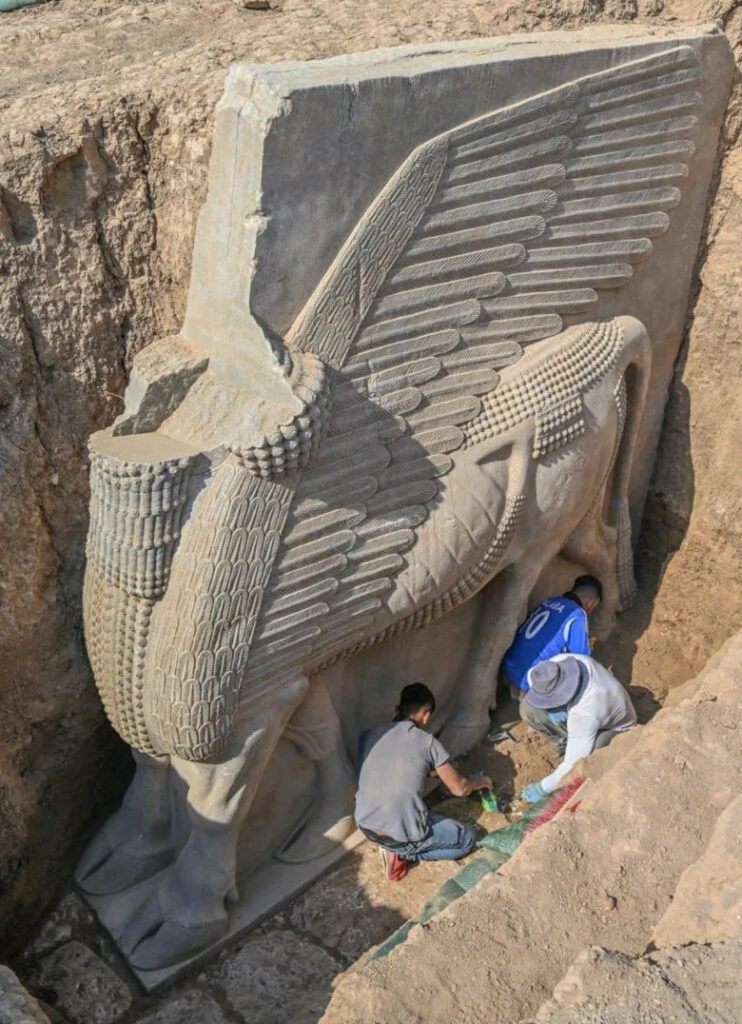A Testament to Ancient Craftsmanship
In the sun-baked soil of northern Iraq, a team of archaeologists led by Pascal Butterlin of the University of Paris I Pantheon-Sorbonne has made a stunning discovery that bridges millennia. They have unearthed a massive lamassu sculpture at the ancient site of Dur-Sharrukin, a testament to the extraordinary skill of ancient Assyrian artisans.
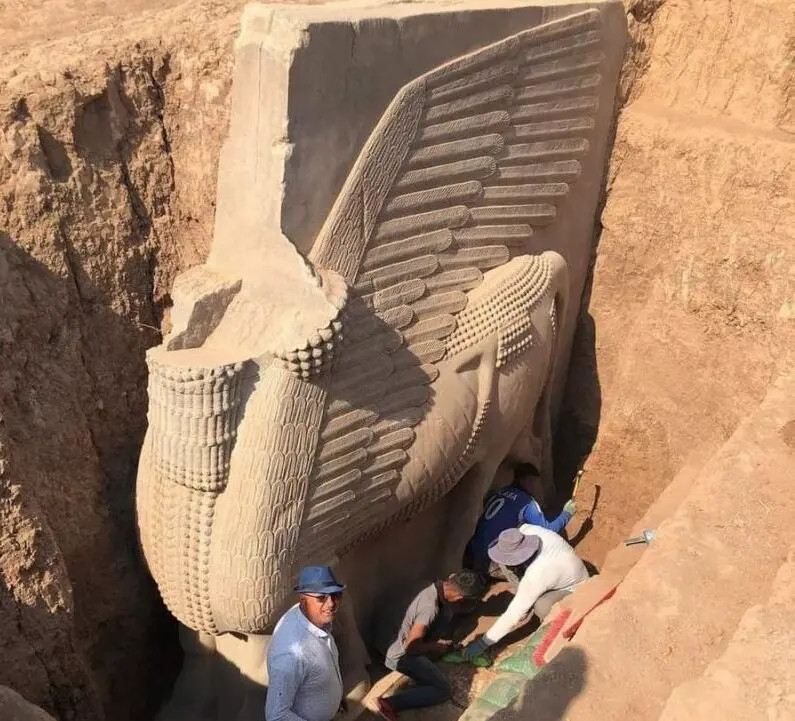
Standing an impressive 12.5 by 12.8 feet and weighing a staggering 18 tons, this mythical Assyrian guardian, with its bird wings, bull body, and human head, has emerged from its 2,700-year slumber to captivate the modern world. Despite the ravages of time and human interference, the sculpture’s body remains remarkably intact, its intricate details still visible after nearly three millennia.
Guardian of the Gates
The lamassu was no mere decorative piece. In its heyday, this imposing figure stood sentinel at the city gates of Dur-Sharrukin, tasked with warding off both earthly enemies and malevolent spirits. Its discovery offers a rare glimpse into the beliefs and architectural practices of the ancient Assyrian empire, a civilization renowned for its military prowess and architectural grandeur.
The Assyrians believed that these colossal lamassu sculptures possessed the power to protect their cities and their people from harm. Placed at the entrances to important structures, they were seen as guardians, embodying the strength, wisdom, and divine favor of the Assyrian rulers. Their presence was a tangible symbol of the empire’s might and the divine right of its kings.
Victim of Looters
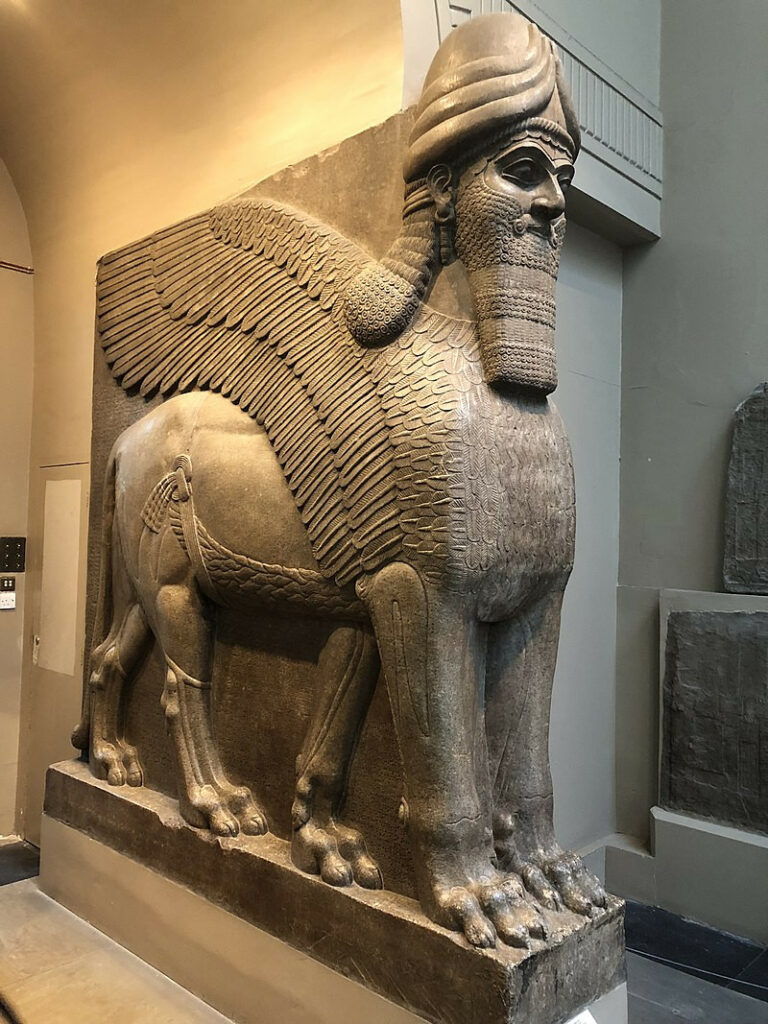
However, the lamassu’s journey through time has been far from peaceful. Following the death of Sargon II and the relocation of the Assyrian capital to Nineveh, Dur-Sharrukin fell into obscurity. This neglect made the site vulnerable to looters, and the lamassu paid a heavy price. Its head, severed by smugglers decades ago, was later recovered in fragments, bearing the scars of its ordeal.
The looting and destruction of archaeological sites is a persistent problem that has plagued the region for centuries. Invaluable artifacts and ancient treasures have been stolen, sold on the black market, and scattered across the globe, depriving the world of its shared cultural heritage. The recovery of the lamassu’s severed head serves as a poignant reminder of the ongoing efforts to protect and preserve these irreplaceable relics of the past.
A New Chapter in Archaeological History
The rediscovery of this ancient guardian marks a significant moment in archaeological history. As experts study the lamassu and its turbulent past, they hope to uncover new insights into Assyrian culture and craftsmanship. This remarkable find serves as a testament to the enduring legacy of ancient civilizations and the importance of preserving our shared cultural heritage.

Through the careful excavation and conservation of the lamassu, researchers aim to shed light on the artistic traditions, religious beliefs, and architectural practices of the Assyrian empire. By piecing together the fragments of this colossal masterpiece, they hope to reconstruct a more complete understanding of the ancient world and the people who once walked the halls of Dur-Sharrukin.
Uncovering the Mysteries of the Past
The discovery of the Assyrian lamassu is a significant event that has captivated the imagination of archaeologists, historians, and the general public alike. It serves as a poignant reminder of the remarkable achievements of ancient civilizations and the ongoing efforts to uncover and preserve their legacies.
As the team of researchers continues to study the lamassu and its surrounding context, they are sure to uncover new insights that will deepen our understanding of the Assyrian empire and its place in the rich tapestry of human history. This remarkable find is a testament to the power of archaeological exploration and the enduring fascination with the mysteries of the past.
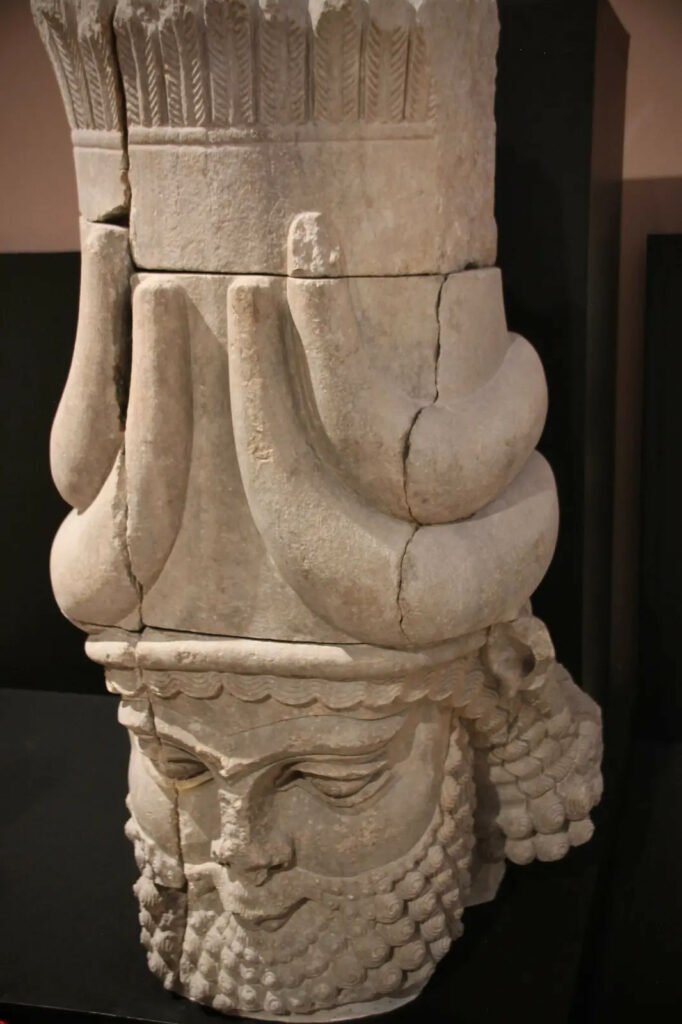
Preserving Our Shared Cultural Heritage
The recovery of the Assyrian lamassu also highlights the importance of protecting and preserving our shared cultural heritage. The looting and destruction of archaeological sites is a global problem that has robbed the world of countless irreplaceable artifacts and the stories they hold.
By supporting the efforts of archaeologists, historians, and cultural preservation organizations, we can work to ensure that the treasures of the past are safeguarded for future generations. Through education, advocacy, and international cooperation, we can combat the illicit trade in stolen artifacts and ensure that sites like Dur-Sharrukin are protected and studied for the benefit of all.
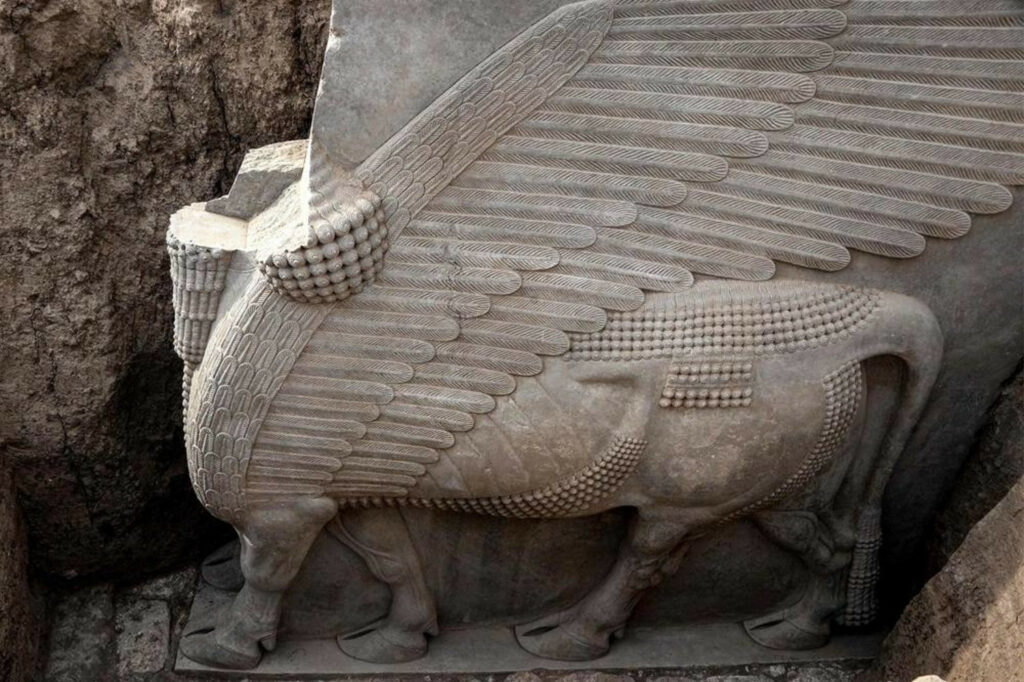
Conclusion: A Legacy Reborn
The rediscovery of the Assyrian lamassu at Dur-Sharrukin is a momentous event that has the power to captivate and inspire. This colossal masterpiece, which once stood as a guardian of an ancient city, has now been reborn as a symbol of the enduring legacy of human civilization.
As we continue to unravel the mysteries of the past, the lamassu will undoubtedly continue to capture the imagination of scholars and the public alike. Through the careful study and preservation of this remarkable artifact, we can gain new insights into the rich cultural heritage of the Assyrian empire and the ingenuity of the human spirit.
The Assyrian lamassu stands as a testament to the power of archaeological exploration and the importance of safeguarding our shared cultural heritage. Its rediscovery is a triumph of human curiosity and a reminder that the stories of the past still have the power to captivate and enlighten us today.

